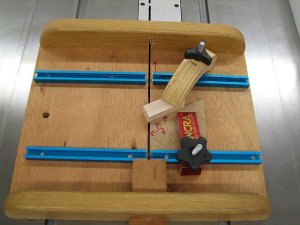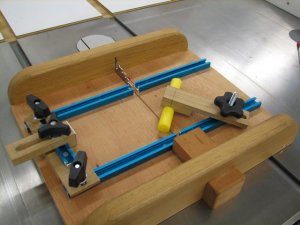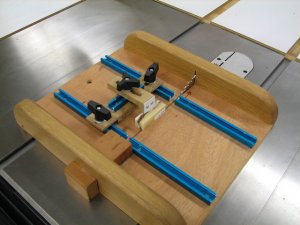markgum
Member
wondering if I need, a miter saw? I want to start experimenting with celtic knots and segmenting. I have a dewalt portable table saw, and a 14 inch band saw. I have yet to build my vacuum rip fence for the table saw. My shop is a TINY 1 car garage.
If a miter saw is necessary for this type work; just a simple miter saw; or should one go all out with a dual bevel, sliding compound one?
Thanks in advance for your guidance.
If a miter saw is necessary for this type work; just a simple miter saw; or should one go all out with a dual bevel, sliding compound one?
Thanks in advance for your guidance.






